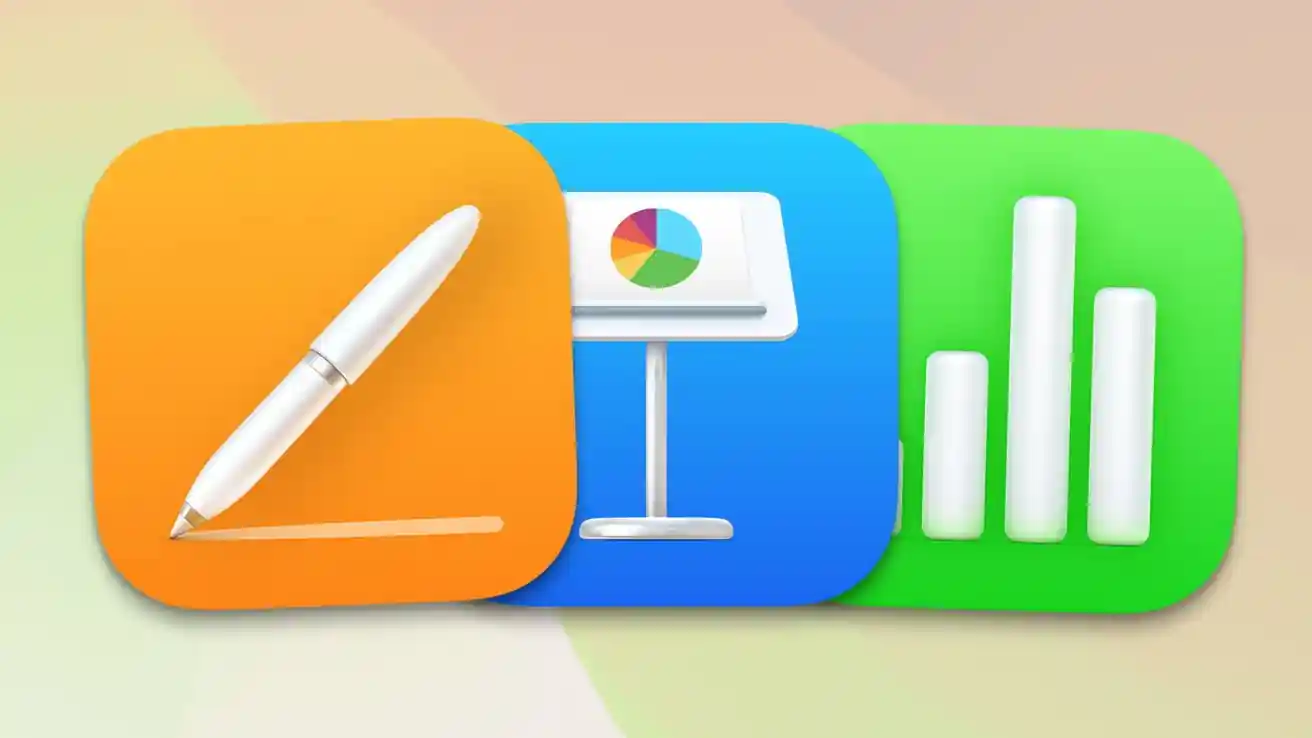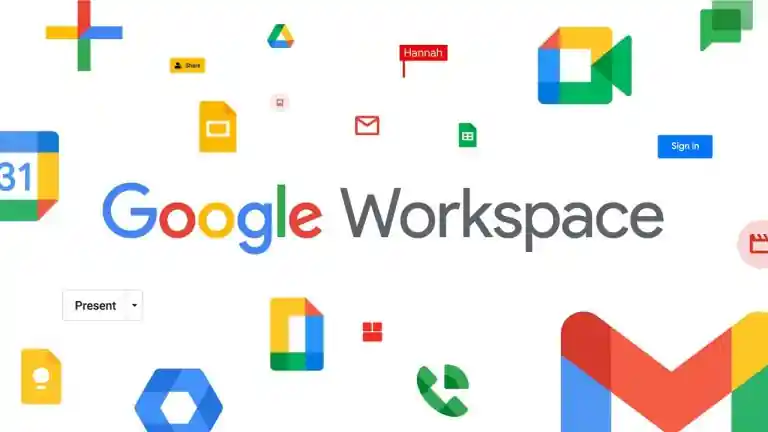Office Suites: The Backbone of Modern Workflows
Seventy-six percent of businesses rely on office suites daily to streamline their workflows, yet many users barely scratch the surface of their capabilities. These productivity tools aren’t just about writing documents or creating spreadsheets—they are the digital backbone of modern efficiency.
From drafting reports in Microsoft Word to collaborating in real-time on Google Docs, office suites shape the way professionals work, communicate, and manage information. Whether you're using Microsoft Office, the open-source flexibility of LibreOffice, or the cloud-based power of Google Workspace, the right office suite can significantly impact productivity.
But how did these tools evolve? What makes an office suite truly essential in today’s workplace? This lesson explores the history, features, and major players in the world of office productivity software.
What Are Office Suites?
An office suite is a collection of productivity software designed to help users create, edit, manage, and share documents efficiently. These tools are essential for business professionals, students, and organizations providing an all-in-one solution for handling word processing, spreadsheets, presentations, and email management.
Unlike standalone applications, office suites offer seamless integration between different file types. For example, a spreadsheet created in Microsoft Excel can be easily embedded in a PowerPoint presentation or referenced in a Word document. This interoperability is crucial for streamlining workflows and improving collaboration.
The primary goal of an office suite is to enhance productivity by providing users with the necessary tools to handle everyday office tasks. Whether it's composing reports, analyzing financial data, or delivering presentations, these applications ensure efficiency and ease of use.
The Evolution of Office Suites: From Standalone Apps to Cloud Collaboration
The history of office suites is closely tied to the evolution of personal computing. In the early days, software applications were sold as individual programs, requiring users to purchase separate tools for word processing, spreadsheets, and presentations.
Early Standalone Software (1970s–1980s)
Before office suites became mainstream, word processing and spreadsheet programs existed as separate entities. Popular tools included:
- WordStar (1978) – One of the first widely used word processors.
- VisiCalc (1979) – The first spreadsheet program, paving the way for Microsoft Excel.
The Rise of Integrated Office Suites (1990s)
The 1990s marked a shift towards bundled productivity software, where multiple applications were packaged together for convenience. This era saw the launch of Microsoft Office (1990), which combined Word, Excel, and PowerPoint into a single suite. The ability to share data between applications was a game-changer.
Internet and Open-Source Alternatives (2000s)
As the internet became mainstream, office suites expanded to include email and web-based collaboration tools. This period also introduced open-source alternatives, such as:
- OpenOffice (2002) – A free alternative to Microsoft Office.
- LibreOffice (2010) – A fork of OpenOffice with improved community support.
The Shift to Cloud-Based Suites (2010s–Present)
The rise of cloud computing changed how people use office suites. In 2006, Google launched Google Docs, a fully online alternative that enabled real-time collaboration. By the 2010s, Microsoft Office 365 (now Microsoft 365) and Google Workspace dominated the market, offering seamless access across devices.
Today, modern office suites focus on cloud storage, team collaboration, and AI-powered productivity tools. Whether you're using Google Workspace, Microsoft 365, or LibreOffice, office suites have evolved to fit the needs of remote workers, businesses, and students alike.
Overview of Popular Office Suites
Choosing the right office suite depends on your needs—whether you prioritize cloud collaboration, offline access, or cost-effectiveness. Here’s a quick look at the most widely used productivity suites today.
Microsoft Office
The industry standard for businesses and professionals. Includes Word, Excel, PowerPoint, Outlook, and OneNote with seamless OneDrive integration.

LibreOffice
A powerful free and open-source alternative with applications like Writer, Calc, Impress, Draw, Math, and Base—ideal for users seeking cost-effective solutions.

Apple iWork
Designed for macOS and iOS users, offering Pages (word processing), Numbers (spreadsheets), and Keynote (presentations) with a sleek user interface.

WPS Office
A cost-effective alternative to Microsoft Office, known for high compatibility with MS Office file formats. Available for Windows, macOS, Linux, iOS, and Android.

Google Workspace
A cloud-based productivity suite featuring Docs, Sheets, Slides, Forms, Drive, and Meet, enabling real-time collaboration from any device.
| Office Suite | Developer | Key Components | Platform(s) | Notable Features |
|---|---|---|---|---|
| Microsoft Office | Microsoft | Word, Excel, PowerPoint, Outlook, OneNote | Windows, macOS, iOS, Android | Comprehensive tools, OneDrive integration, widely used in businesses |
| Google Workspace | Docs, Sheets, Slides, Forms, Drive, Meet | Web-based, cross-platform | Cloud-based, real-time collaboration, Google Drive integration | |
| LibreOffice | The Document Foundation | Writer, Calc, Impress, Draw, Math, Base | Windows, macOS, Linux | Open-source, free to use, strong community support |
| Apple iWork | Apple Inc. | Pages, Numbers, Keynote | macOS, iOS | Seamless Apple ecosystem integration, user-friendly design |
| WPS Office | Kingsoft | Writer, Spreadsheets, Presentation | Windows, macOS, Linux, iOS, Android | Compatible with MS Office, free version available, lightweight |
What should I use?
Choosing the right office suite depends on your workflow, collaboration needs, and platform preference. If you work primarily online and need real-time editing, Google Workspace is a great choice. For businesses requiring advanced tools and offline access, Microsoft Office remains the industry standard. If you're looking for a free alternative, LibreOffice is a powerful open-source solution. Need a budget-friendly yet feature-rich alternative? WPS Office offers high compatibility with MS Office formats and works across multiple platforms.
In this lesson, we will be using Google Workspace due to its accessibility, cloud-based collaboration, and ease of use. With tools like Google Docs, Sheets, and Slides, students can work seamlessly across devices while collaborating in real time.
Expand Your Knowledge
Dive deeper into technology and productivity with these related articles:
- Understanding IT – Build a solid foundation in Information Technology essentials.
- Specialist vs Generalist – 85% of companies now seek hybrid talent. Discover whether to specialize or generalize in your career, with actionable strategies to become a T-shaped professional and future-proof your skills.
- Prompt Engineering: Writing Effective AI Prompts – Master the skill of crafting precise AI prompts for better results.
- Understanding Brain Rot in the Digital Age – Break free from digital overload and regain focus.
- Effective Study Techniques for Better Learning – Discover research-backed strategies to boost learning retention.
Test Your Knowledge
Think you've mastered the basics of office suites? Take our Office Suites Proficiency Quiz. Challenge yourself and see how well you understand productivity tools.

No comments yet. Be the first to share your thoughts!